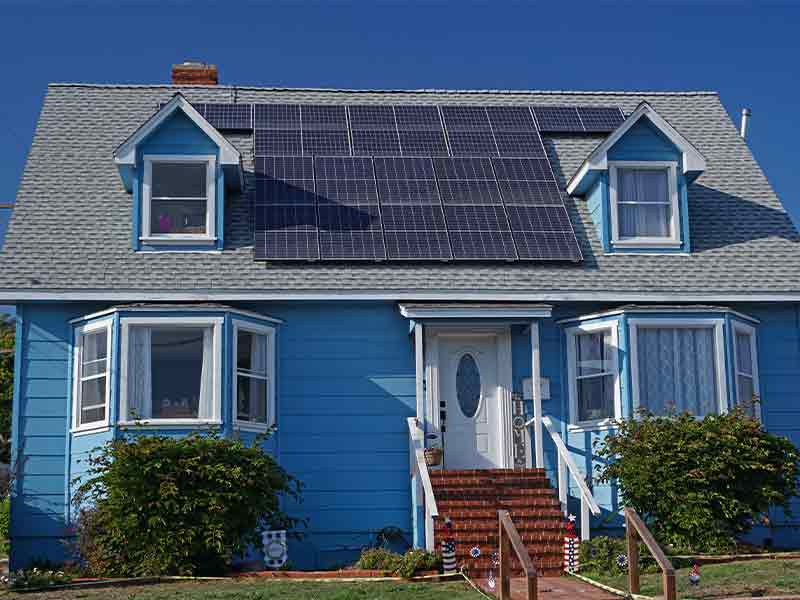
The Department of Energy recently signed a $1.5 million contract with the California-based company, Sunvapor, Inc., to improve technology that uses solar power to desalinate water.
PV Panels Are Just One Type of Solar Power
As technology in the industry continues to advance, industries use solar power for an increasing variety of functions. Up and coming is its use for desalinating water- a process that humans have been trying to make cost-effective for decades. Sunvapor’s Solar Steam On Demand will produce usable water without using electricity, and even when the sun is not shining.
The DOE Solar Energy Technologies Office (SETO) is building on their previous investment when they awarded Sunvapor the COLLECT Award in 2016, which funded their Green Parabolic Trough Collector project. This new invention will combine their first product with solar powered steam machinery that has the industrial capacity of that used in food processors and refineries.
In an article posted by the renewable energy newsite Solar Daily, the CEO of Sunvapor said, “Second only to the transportation sector, industrial processing is the largest source of greenhouse gas emissions in California.” By significantly reducing businesses’ reliance on fossil fuels, this development is promising headway in the fight against climate change.
More than a lot of hot (wet) air
The use of steam is a necessary component of production for various industries. Brandon Clement, general manager for Los Gatos Tomato Products in California, believes that Solar Steam On Demand will have a beneficial impact on both their profit margins and their carbon footprint.
Clement’s company currently has to use a substantial amount of natural gas in generating enough steam to produce tomato paste. With this advancing technology arriving in the market, he thinks there is “the potential to provide an economically viable reduction to our greenhouse gas emissions.”
He continued, “By generating steam at night from thermal energy storage we can see a path to exiting cap and trade altogether.”
Time frame and a look ahead
Though testing of the solar powered plant won’t begin until the fourth quarter of 2018, and will continue into 2021, this news is an encouraging sign to American businesses who are searching for economically efficient ways to reduce greenhouse gas emissions. Today photovoltaic panels are the commonest kind of solar energy in our communities. Still, innovative larger scale solar energy is proving to be rewarding for residential up to the industrial level consumer.




